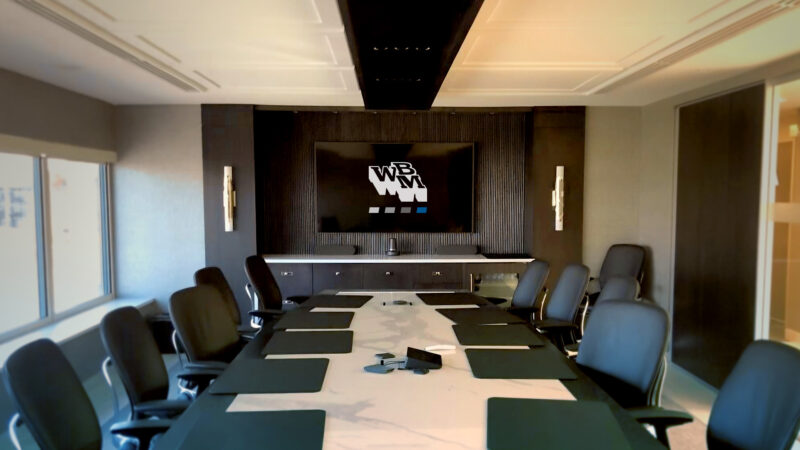- October 21, 2020
How to Choose the Right Service Desk Pricing Model

Besides impacting productivity and scalability, choosing the right service desk pricing model can make or break your IT budget. There are many to choose from, each offering unique advantages and drawbacks. The following are the most common:
- Per-ticket
- Per-user
- Per-device
- Flat rate
Per-Ticket
The benefit of this model is that you only pay for what you need. If your organization doesn’t make many support requests, this pricing model could be a good option.
The downside is that the IT service desk provider is not motivated to create efficiencies or take a proactive approach to support, and costs can be unpredictable. Unforeseen circumstances such as a pandemic, busier times of the year, or sudden organizationa; growth could create monthly billing fluctuations. Consequently, this model involves a time investment to monitor the monthly billing and review ticket information. Otherwise, calls addressing the same issue could be logged as separate issues.
The per-ticket model was one of the original service desk pricing models, and it fits within the break-fix style of IT support. Unfortunately, because there is a financial incentive for the IT service desk provider to field higher ticket volumes, customer satisfaction suffers and it is costly to scale.
Per-User
The per-user service desk pricing model is one of the most common, and focuses on the number of users in an organization rather than ticket volume. This model aligns with a managed services style of IT support and encourages predictable support costs. It motivates efficiencies such as self-service portals and automation within the IT service desk, lowering ticket volumes.
Like a traditional software pricing model, the flaw of the per-user service desk model is that it is driven by function-based value metrics. Instead of using the service desk to elevate business outcomes, the organization must remain conscious of the cost to scale and the volume of support utilized by each user. Most users within an organization require varying degrees of support, so if a sliding scale of cost per-user is not an option, you have to choose between wasting money or cutting support for low-touch users.
Choosing the per-user pricing model for your service desk makes sense if you want predictable support costs as you scale and have users that require an equal level of support. However, it isn’t flexible for users with varying support requirements, and it doesn’t always align with business outcomes.
Per-Device
The per-device model falls into the managed services category, offering predictable support costs and dynamic service from the IT service desk provider. It can be cost-effective for organizations without much hardware, but most employees already use multiple devices for work. If the organization does not protect these devices with anti-malware software, mobile device management, and multi-factor authentication, it will suffer from weaker security and device support issues.
Bring-your-own-device (BYOD) policies make per-device pricing more challenging. It increases the number of devices in play and also introduces non-standard devices that might not be supported. This will either decrease user satisfaction and affect productivity, or increase costs as support teams struggle to cope.
A per-device model can work for organizations that have a strict hardware policy in place with no BYOD allowances. However, the modern workplace is becoming more flexible in terms of allowing end-users to choose their own devices and to work from home. Organizations that want to attract top talent and streamline productivity need a flexible IT service desk pricing model that supports more user choice.
Flat Rate
The flat rate pricing model is the only one that truly offers an all-encompassing predictable cost, making it the best model for smooth scalability. In this model, the IT service desk provider plans service desk strategy outcomes with the client while meeting its support needs. It offers every aspect of support the organization needs for a flat monthly fee. A great IT service desk provider will follow ITSM service desk best practices, encompassing four pillars of support:
- People (end-users and technicians)
- Process (service management, service level agreements, knowledge management)
- Technology (hardware and software)
- Methodologies (trending and metrics, reporting, forecasting, service level assessment)
The flat rate model enables the IT service desk provider to be more innovative, invested, and strategic. While other pricing models focus on function-based value metrics, the flat rate support model concentrates on business outcomes.
This pricing model is rarely the cheapest option. However, it includes value-added services such as the analysis of support trends and underlying issues that can help improve user services and drive new efficiencies into the client’s IT processes. It motivates IT service desks to work strategically with the rest of the business. It is also tailored for the client’s unique needs.
Which One is Right for my Business?
When looking for the right service desk solution, a service desk assessment is a great place to start. WBM recommends performing an in-depth service desk assessment at least once every two years, with high-level reviews every 3-6 months.
A review is an excellent time to consider your IT service desk support costs and look for opportunities to improve by switching your pricing model. While there are some benefits to the per-ticket, per-user, and per-device models, the flat-rate model is the most strategic option for a business that wants predictability, scalability, and strategic value.



